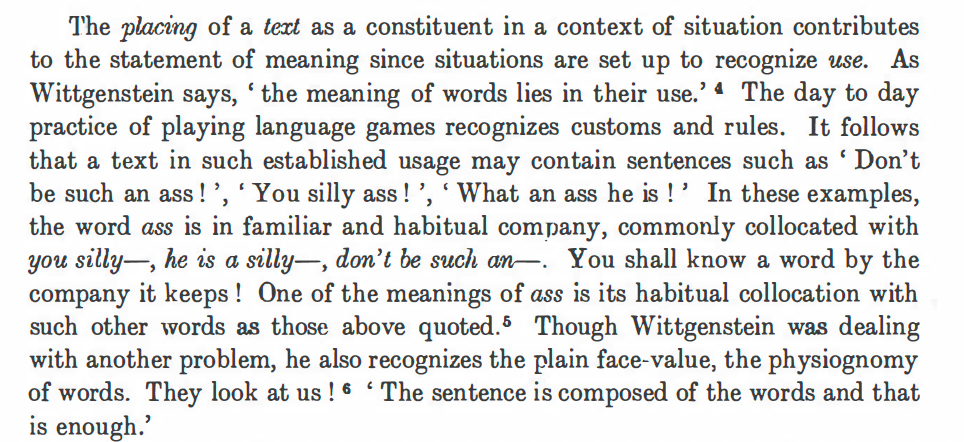I missed this story when it happened 10 days ago, and caught up with it yesterday because the BBC also got the word — Maria Yagoda, "Airline held liable for its chatbot giving passenger bad advice – what this means for travellers", BBC 2/23/2024:
In 2022, Air Canada's chatbot promised a discount that wasn't available to passenger Jake Moffatt, who was assured that he could book a full-fare flight for his grandmother's funeral and then apply for a bereavement fare after the fact.
According to a civil-resolutions tribunal decision last Wednesday, when Moffatt applied for the discount, the airline said the chatbot had been wrong – the request needed to be submitted before the flight – and it wouldn't offer the discount. Instead, the airline said the chatbot was a "separate legal entity that is responsible for its own actions". […]
The British Columbia Civil Resolution Tribunal rejected that argument, ruling that Air Canada had to pay Moffatt $812.02 (£642.64) in damages and tribunal fees. "It should be obvious to Air Canada that it is responsible for all the information on its website," read tribunal member Christopher Rivers' written response. "It makes no difference whether the information comes from a static page or a chatbot."
Read the rest of this entry »

